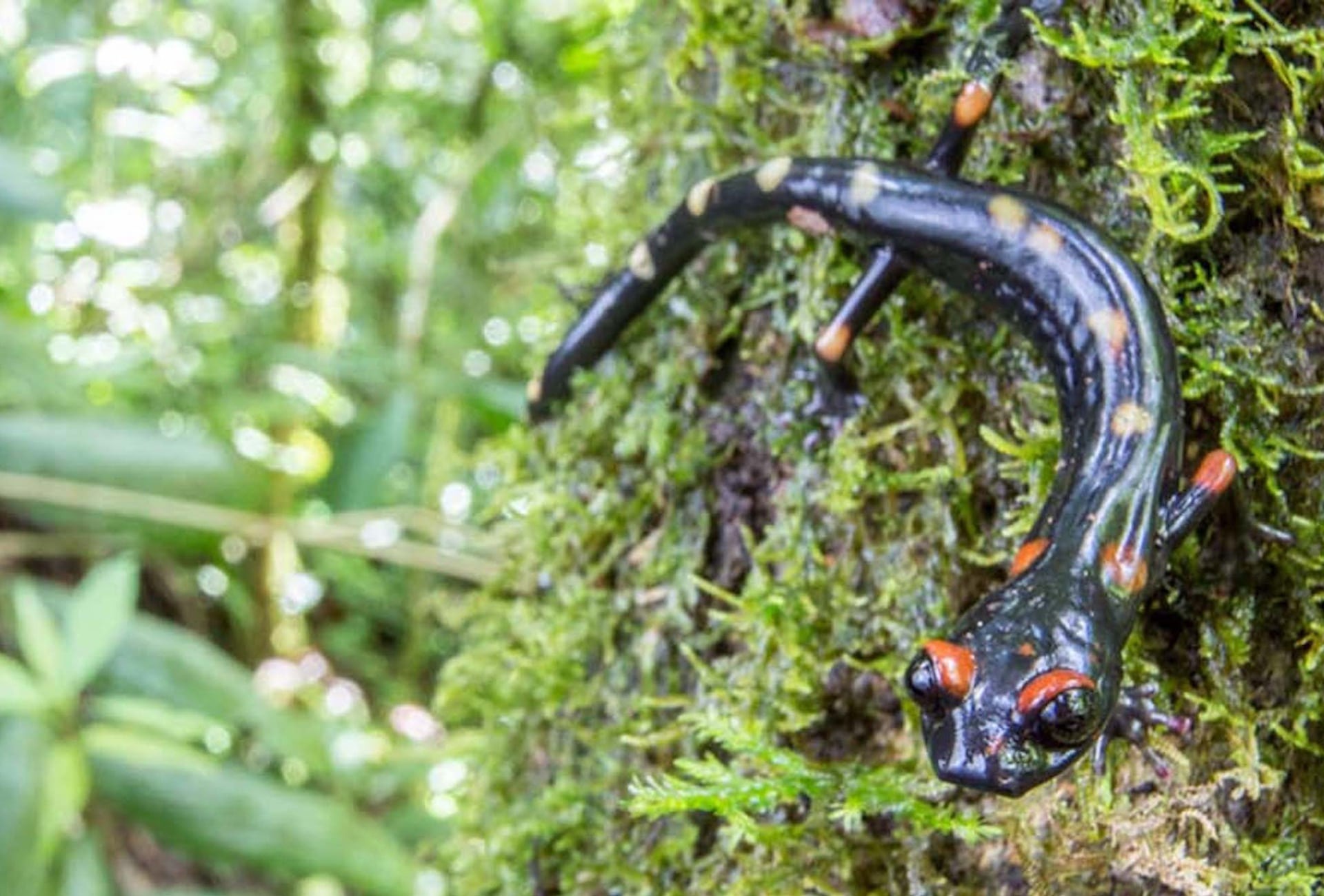
Saving Central American Amphibians
Support More Work Like ThisSupport More Work Like ThisThe remoteness of the Sierra de los Cuchumatanes has helped safeguard much of its forest. However, increasing pressures from companies hoping to develop its forests and replace them with coffee plantations put its forests at increased risk.
-
Species at Risk
Finca Chiblac Salamander (CR), Long-limbed Salamander (EN), Morelet’s Black-eyed Treefrog (CR)
-
Carbon stored
(Not Calculated)*
*(metric tons of CO2 equivalents) -
Partner
Re:wild
-
2,280 Proposed Acres Conserved by
Designation
-
Project Cost: $660,000
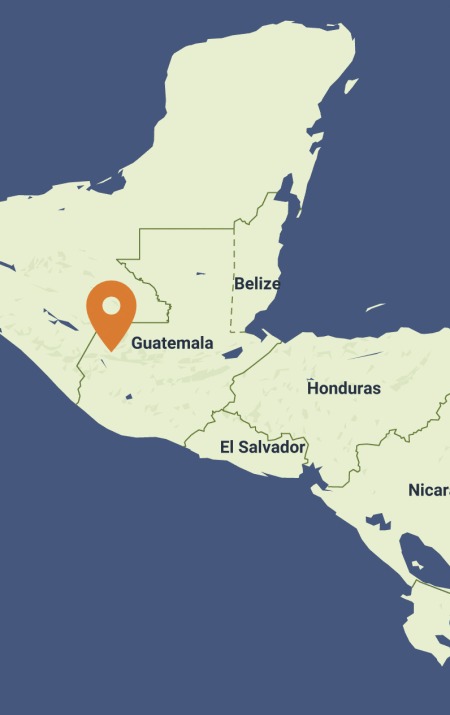
2,280
The remoteness of the Sierra de los Cuchumatanes has helped safeguard much of its forest. However, increasing pressures from companies hoping to develop its forests and replace them with coffee plantations put its forests at increased risk.
-
Species at Risk
Finca Chiblac Salamander (CR), Long-limbed Salamander (EN), Morelet’s Black-eyed Treefrog (CR)
-
Carbon stored
(Not Calculated)*
*(metric tons of CO2 equivalents) -
Partner
Re:wild
-
2,280 Proposed Acres Conserved by
Designation
-
Project Cost: £496,240

2,280
Guatemala’s Sierra de los Cuchumatanes is home to a stunning diversity of threatened wildlife species. The mountain range has been declared an Important Bird Area by BirdLife International due to its vital habitat resources for several populations of threatened avian species. The region is also notable for the rarity and diversity of its amphibian populations. Species found in the Cuchumatanes include the Endangered Long-limbed Salamander and the IUCN Critically Endangered Finca Chiblac Salamander and Morelett’s Black-eyed Treefrog.
The remoteness of the Sierra de los Cuchumatanes has helped safeguard much of its forest. However, increasing pressures from companies hoping to develop its forests and replace them with coffee plantations put its forests at increased risk.
Local and international conservationists have identified the Cuchumatanes Mountains as a conservation priority site due to the immediate threats posed to its biodiversity.
Rainforest Trust is working with local conservation partner Re:wild to acquire a 2,000-acre property that will protect an important tract of cloud forest and its unique wildlife.
Explore Guatemala's Cloud Forests
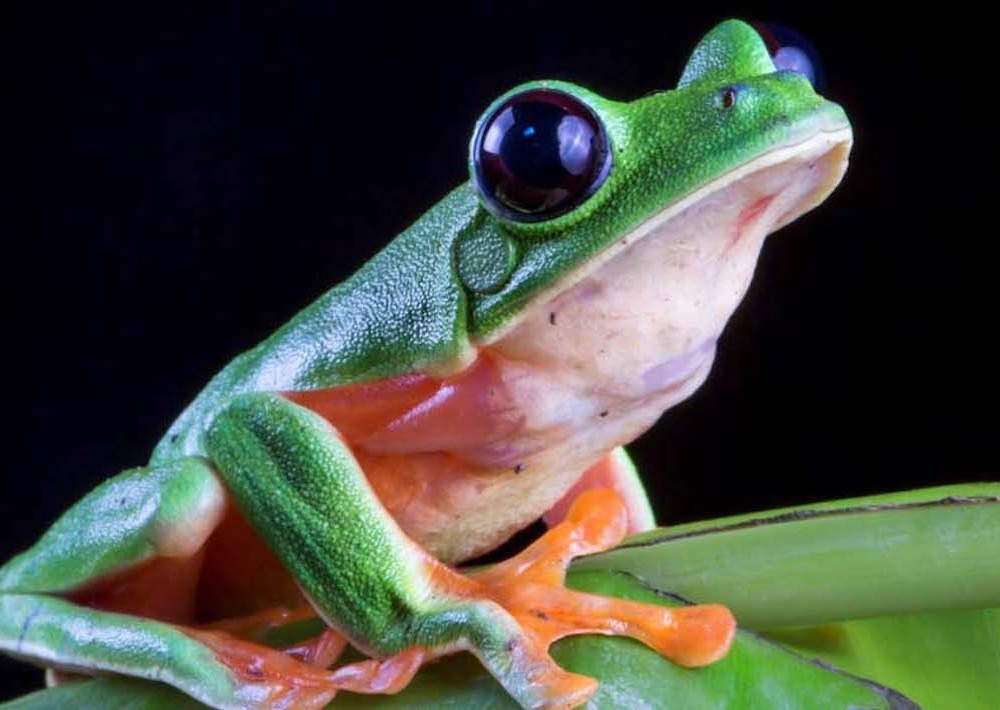
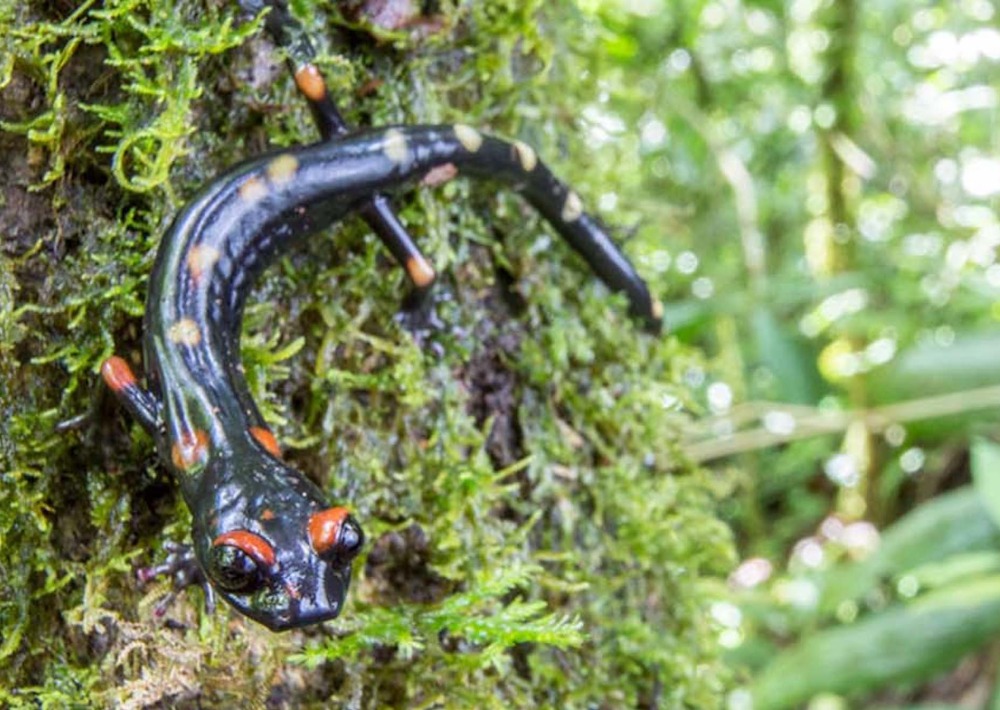
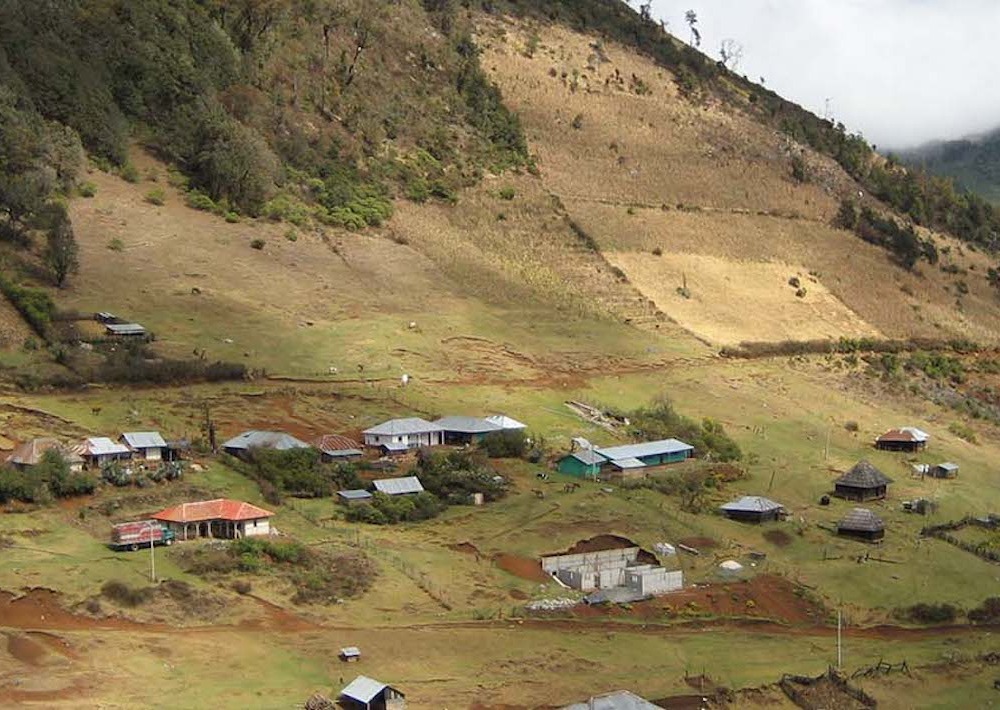
Biodiversity
The Cuchumatanes Mountains were highlighted as a priority for biological research in the mid-1970s. Subsequent biological expeditions to the area resulted in the discovery of three new species (Finca Chiblac Salamander, Long-limbed Salamander, and Jackson’s Climbing Salamander) and two new genera.
Following their discovery, the three salamander species went unrecorded for over three decades until two of the species were rediscovered during an expedition in 2014 lead by Carlos Vasquez, coordinator of the amphibian conservation program at FUNDAECO. The third species, Bolitoglossa jacksoni, has yet to be rediscovered. The area is also important for tailless amphibians. In 2012, a new species, the Cuchumatan Golden Toad, was discovered and described. It is also home to the Black-eyed Treefrog, a species listed by the IUCN as Critically Endangered due to habitat loss. The Sierra de los Cuchumatanes has additionally been identified by Birdlife International as an Important Bird Area, supporting populations of three IUCN Threatened species: the Highland and Horned Guan and the Pink-headed Warbler. The mountain range also supports populations of the Resplendent Quetzal.
Challenges
In comparison to the rest of Guatemala, the Cuchumatanes region has retained a large amount of its arboreal habitat.
However, coffee producers are eager to expand operations in the region, which they view as optimal for coffee bean production. As a result, prime wildlife habitat is now threatened by the influx of foreign companies that are obtaining long-term leases to clear the forests for cultivation. The current owners of Finca San Isidoro are coffee growers, and they plan to clear it of forest within the next year to begin operations. Such a threat makes the acquisition and preservation of their property an urgent priority.
Communities
After colonization, indigenous populations were driven into the highest, remotest parts of the Cuchumatanes and now live in the central areas of the mountain range.
These rural populations depend on subsistence agriculture, raising corn, maize, wheat, and beans alongside commercial exports like coffee. More than 90% of Guatemala’s indigenous population lives below the poverty line, and many workers journey to the country’s coast to work on plantations or to the U.S. to send back income for their families. The Sierra de los Cuchumatanes is now home to one million people, 65% of which are indigenous. The native residents are descendants of the Mayans and speak nine different languages. The K’ekchi are subsistence farmers and are known for their cooperative farming practices. The K’iche are the largest remaining Mayan indigenous group in Guatemala and their language is the widest spoken Mayan tongue. Finally, the Chuj make up half of Guatemala’s population. They were forced into poverty along with the K’iche in the seventeenth and eighteenth centuries when Spanish colonists took away their communal lands. These communities were negatively affected by the Guatemalan civil war when the militarized government considered them “internal enemies.” Despite these challenges, indigenous populations retain their native tongues and traditional cultures.
Solutions
Rainforest Trust’s Guatemalan partner Re:wild is acting quickly to purchase the 2,000-acre Finca San Isidoro in order to protect its forests and threatened wildlife from imminent plans to convert the area into a coffee plantation.
Upon purchase, Re:wild will create the San Isidro Conservation Reserve which will be managed in perpetuity by Re:wild’s experienced field staff.
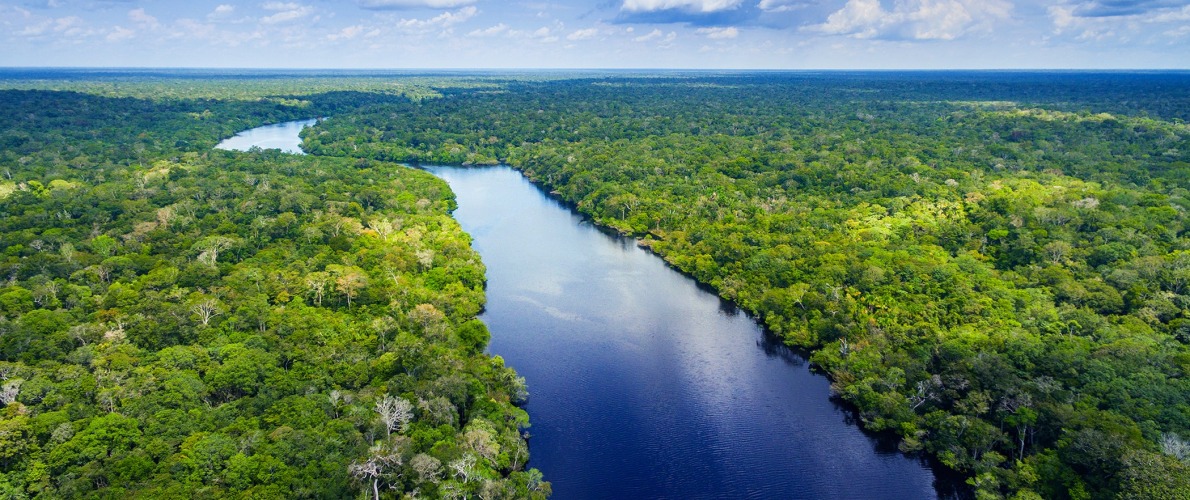
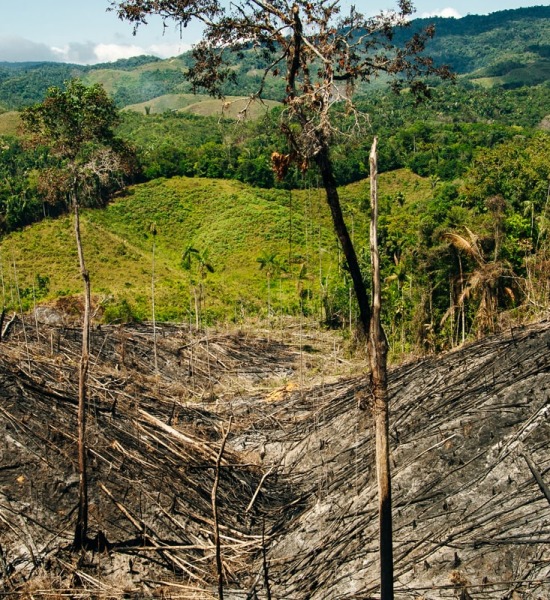
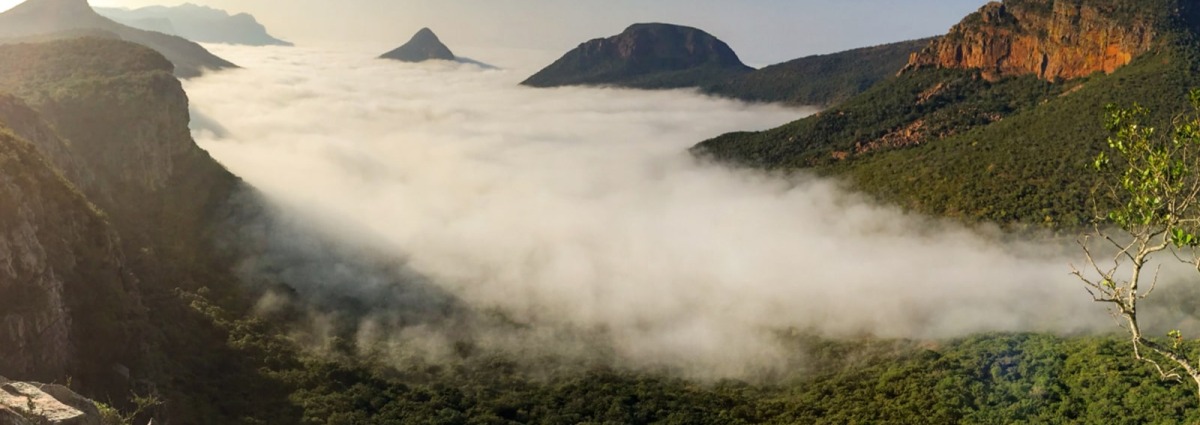
Partnering to Save the Rainforest
Our partners’ ability to work with their governments and build strong connections with local communities ensures the successful implementation of our projects.
Learn More About This PartnerLearn More About This Partner
